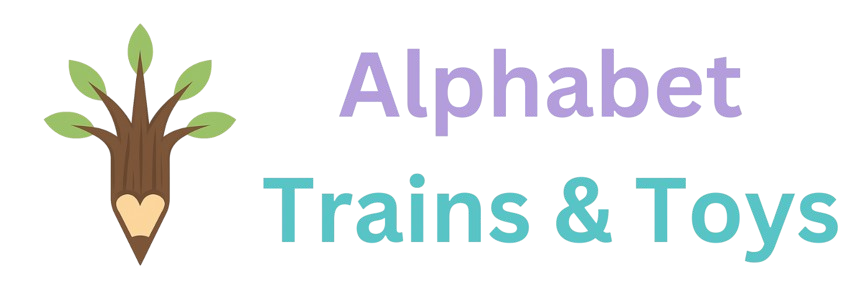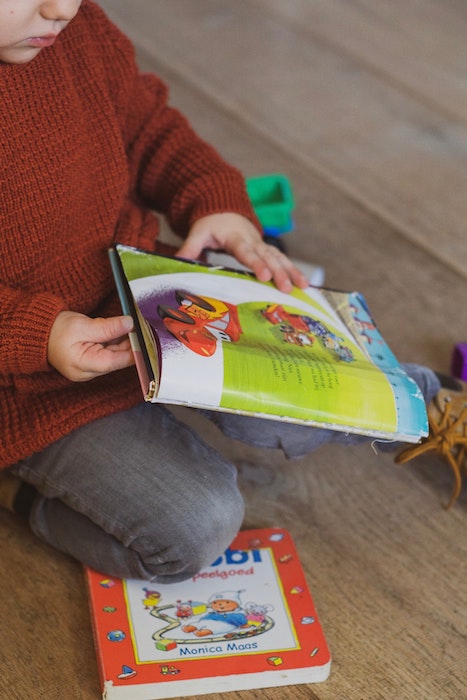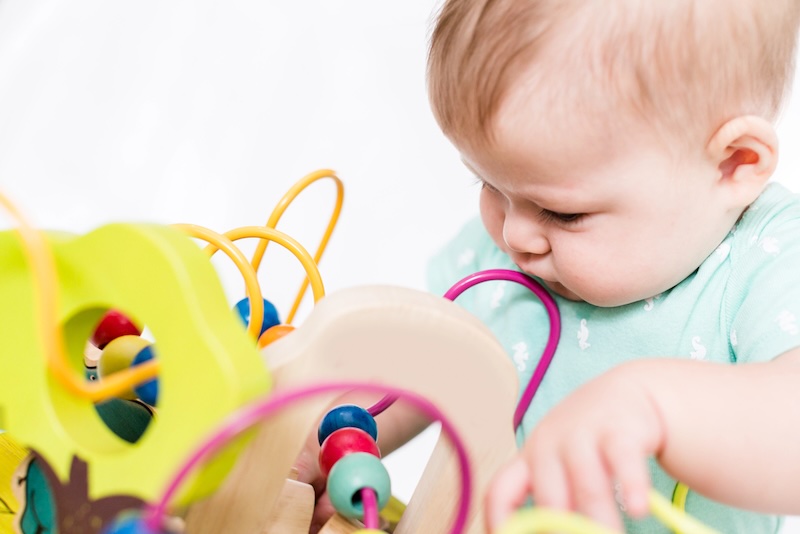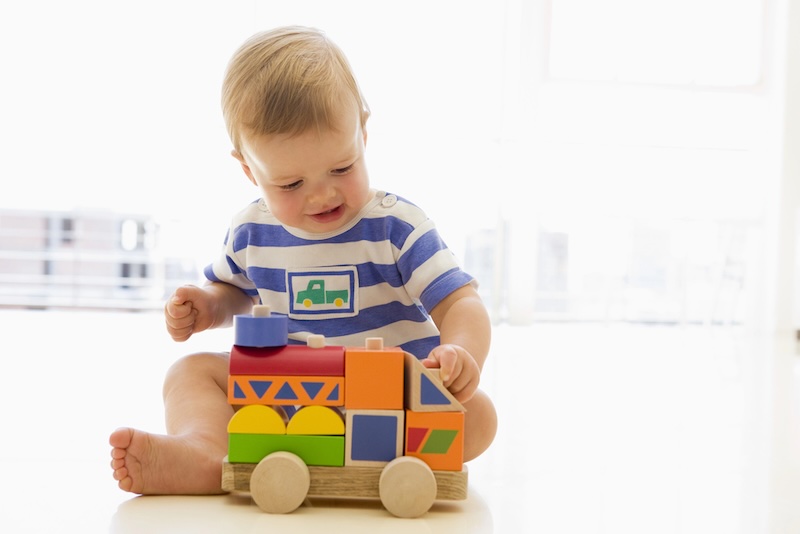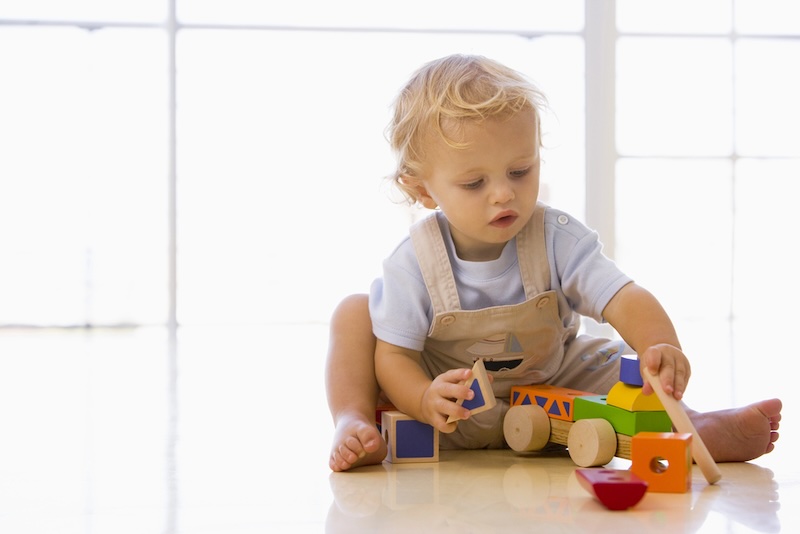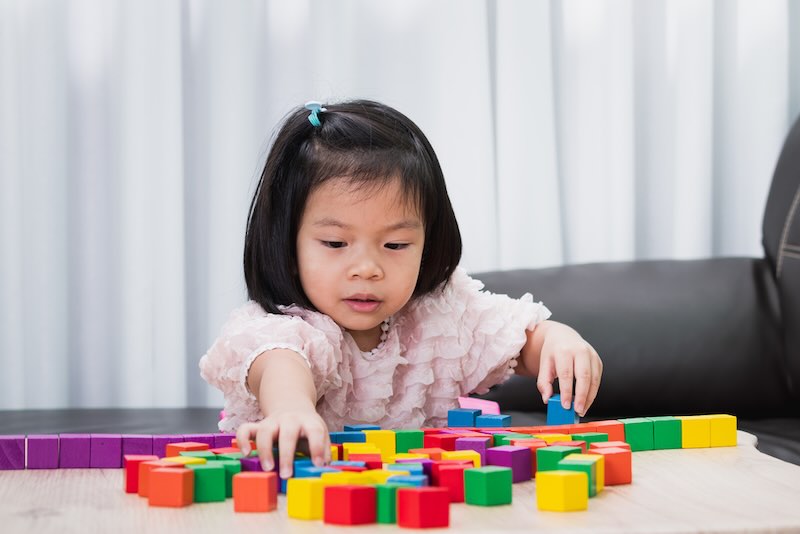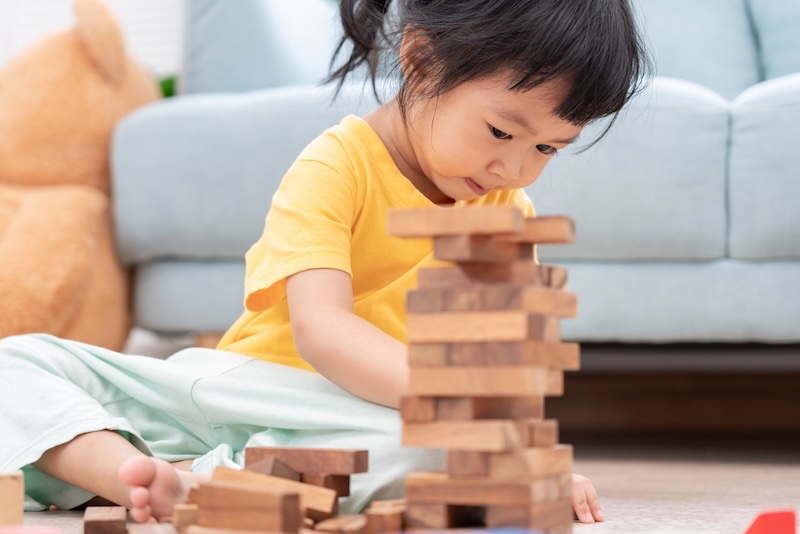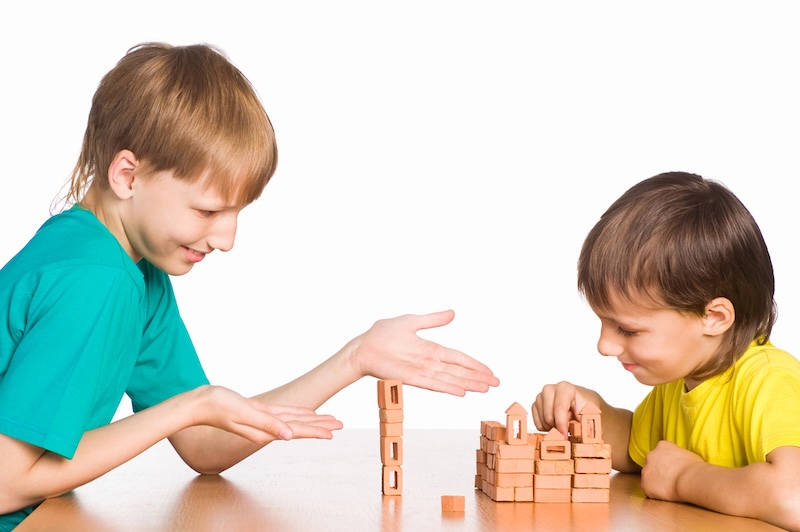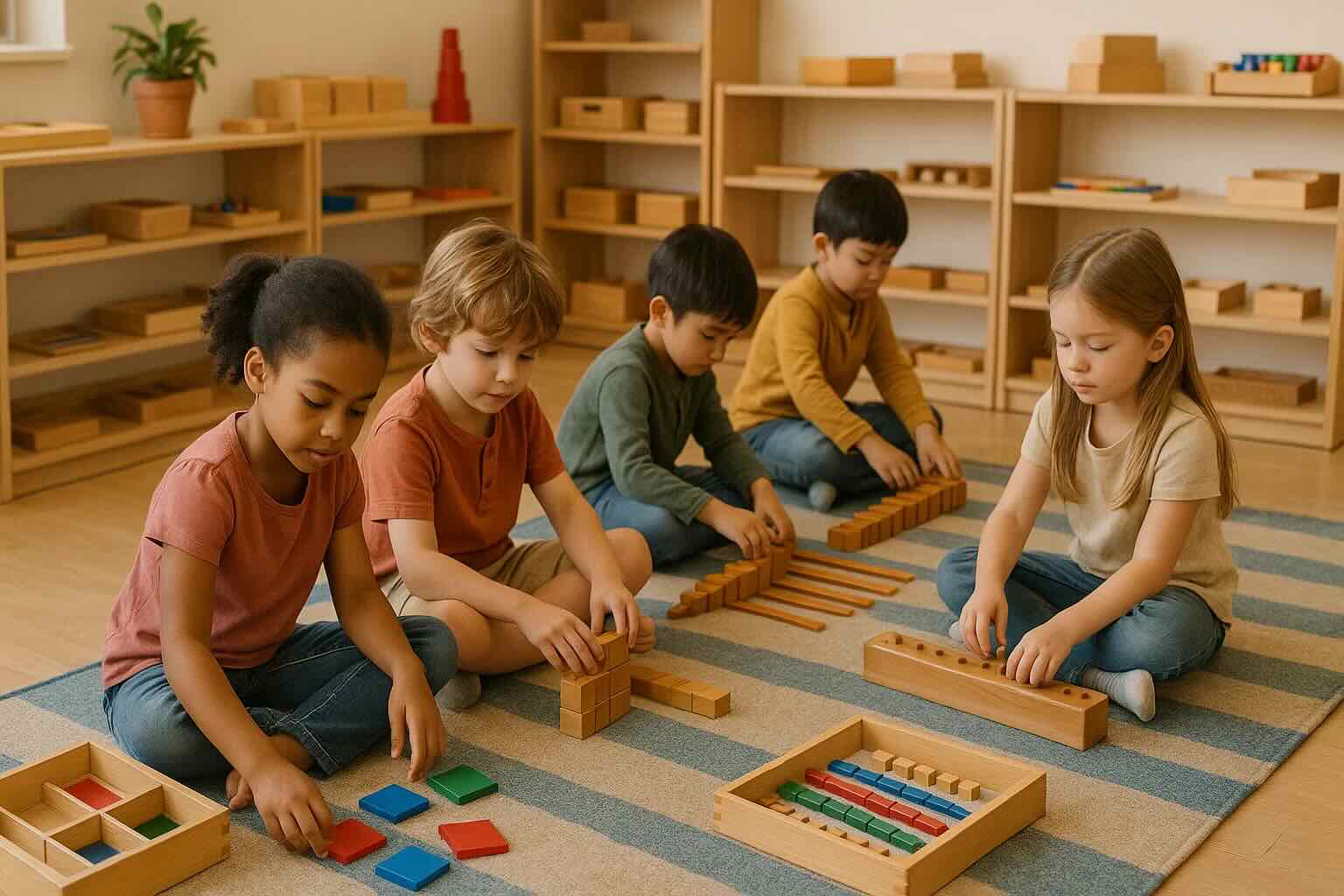Are you exhausted from running after your child all day long? Don’t worry! You are in the same boat as many other parents. Looking after a toddler is often a challenging task. But not if you know the right tricks to keep your children busy. This article will help you in bringing the interactive Montessori setup to your home.
We have all heard much about the famous Montessori teaching method. The Montessori method is primarily famous for the interactive approach that it adopts for teaching young children. The core themes of the Montessori method include:
- Independent learning
- Hands-on learning and experimentation
- Prepared environments
- The teacher’s role is that of a guide
- Freedom of choice lies with the students
A Montessori environment may be set up with minimum effort within the confines of our normal living area. Let me tell you how:
✓ Quick Montessori Home Setup Checklist
Before diving into details, here's a quick checklist to help you get started with your Montessori-inspired home environment:
- ✓ Baby-proof the space – Safety comes first for independent play.
- ✓ Use low shelves – Make toys and materials easily accessible for your child.
- ✓ Choose 4–6 toys per shelf – Keep it minimal and uncluttered to avoid overwhelm.
- ✓ Rotate toys weekly – Introduce new challenges and keep interest high.
- ✓ Include a mix of skills – Sensory, fine motor, and open-ended toys are key.
- ✓ Let your child choose – Encourage independence and decision-making.
- ✓ Create a cozy workspace – Child-sized furniture or a soft rug works great.
- ✓ Use natural lighting – Bright, airy spaces help calm and focus young minds.
- ✓ Observe and guide gently – Allow trial and error; step in only when truly needed.
Prepare the Montessori environment
First and foremost, baby-proof your house. The premise here, using the Montessori approach, is that your child will work and play independently. So, your child is more vulnerable to getting in trouble and every innocent item may become a dangerous weapon of destruction in his or her hands. You must remove all objects that can harm your child—for example, any furniture or decorative item made of glass. Or anything with pointed corners or sharp edges.
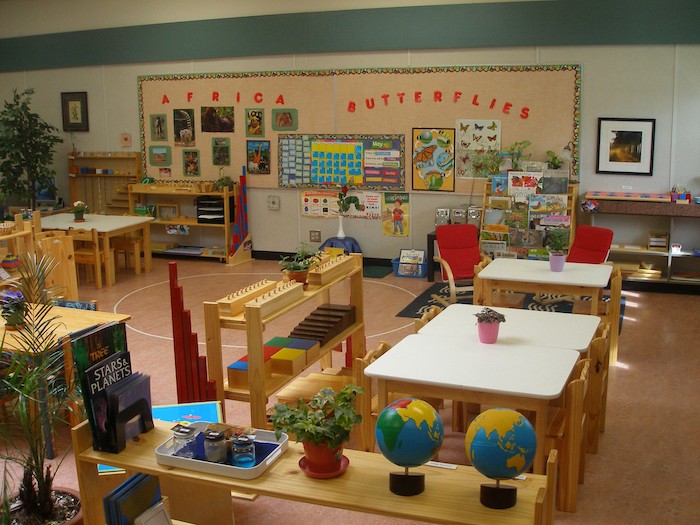
The next step would be to arrange toys and play materials neatly on low shelves or racks. This would help make the Montessori toys easily accessible to your child. You would also want to make the shelf attractive for the child by adding colorful toys. Kids love bright and shiny things.
The purpose of introducing Montessori play at home is to make the toddler independent. But this doesn’t mean that you no longer have to supervise them. In fact, you, as a parent, will be the teacher and guide your kids.
Hands-on learning
The most crucial part is that you need to be patient with your child. It would help if you let your child work independently. Place all the toys on the shelf that you set up in step one. If your child does not show enough interest in some toys, rotate them with other toys. Every bit of you wants to correct your child when he does something wrong. Hold your emotions in check and give your child some time to figure things out on his own. You can intervene if you notice your child is giving up on the task and becoming frustrated. Correct her by demonstrating the correct way to do something, but only as a last resort. Do not scold or criticize your child if he makes mistakes. Subtly correct them.
Freedom of choice and movement
When setting up a Montessori-like environment at home, you need to let your child be the boss. It would be best if you allow your child to choose what toy she wants to play with. She should also decide how to play with the toy. Allowing your child to make these decisions helps her become independent and feel comfortable with decision-making. It also improves his level of interest in a given task. Also, try not to restrict your child’s movement. Kids learn better when they are allowed to move around freely. Try to intervene as little as you can. It is also imperative for you to respect your child’s decisions and his ability to think on his own.
No, you will not lose control of the situation. Relax! You can still control the themes of what your child is learning. That is the idea behind prepared environments. You can manage your child’s learning by preparing the environment accordingly. For example, if you want your child to learn about sounds, you will only place toys such as xylophones, bells, drums, etc.
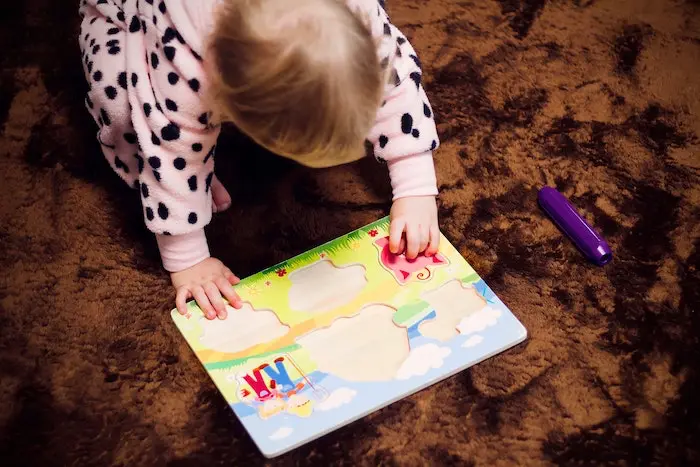
Other tips that you can keep in mind while setting up a Montessori environment at home include:
1. Keep things simple - Kids get overwhelmed real fast. Make sure that you keep the shelves neatly organized and not overcrowded. Don’t place toys that have too many parts or are too complex. You should only use toys that focus on a singular learning outcome. Try to avoid toys with flashy lights and too many buttons. If you want your child to learn about counting, you can place an abacus and some blocks rather than a bunch of flashcards. Stacking objects neatly encourages organization in children. When organized, your baby will prefer fewer toys over a bucket full of random toys. This also helps reduce distractions for your child.
🎁 Checkout Montessori Toys Categorized by Age 🎁
Looking for the perfect toy? Dive into our curated categories, where Montessori toys are sorted by age to match your child’s developmental needs. Find that perfect balance—challenging yet fun, never overwhelming. Your child’s next favorite toy is just a click away! Help them play smart, and grow smarter.
2. Toy Rotation - it is vital to change toys on the shelves frequently. Since it is impossible to place everything on a rack at once, you can keep rotating the toys on the shelf. Kids, like all human beings, love variety. Even though it is the same toy, they enjoy it more (even if it was a new one) when they get to play with it after a couple of days. You can change toys on the rack and control the theme that your child will learn on any given day. This is also a pocket-friendly, economical approach. Checkout our Guide to Age Appropriate Montessori Toys for ideas about how to pick the right toy for your child.
3. Natural lighting - natural light is soothing to the eyes. It helps babies and toddlers stay calm and improves focus. Make sure that the room you choose for setting up the Montessori environment is well lit, has a window, and is not noisy. Natural light and fresh air make the environment more calming. You can also place plants and flowers as they help the child connect with nature. Natural elements are relaxing and also act as mood boosters.
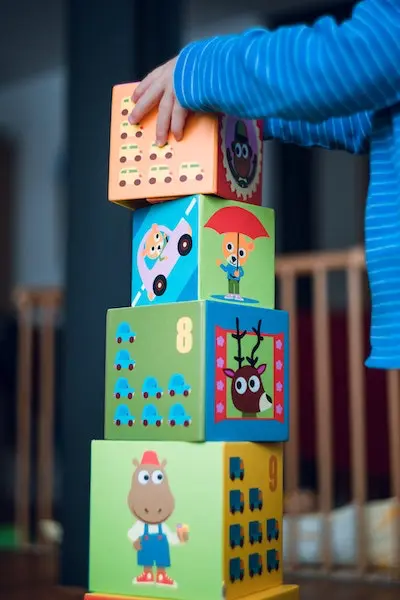
4. Size-appropriate furniture - you will need to set up a working station for your child. It can be a table and a chair or maybe a soft rug. Make sure that the piece of furniture, like a chair or table, fits your child’s size. It helps your child pay attention and learn better when she has a comfortable place to sit and work.
Transform Spaces with Quality Kids Furniture!
Create inviting, functional spaces for learning and play with our Quality Kids Furniture. These pieces are designed for comfort, durability, and style, perfect for any playroom or classroom.
Explore Kids FurnitureAlso, make sure that if you place any wall displays like pictures or paintings, they are at the child’s eye level.
The key to Montessori learning is to maintain clear communication with your child and patience. We hope that the tips in this article will be helpful for you in setting up a Montessori at your home. Good luck!

